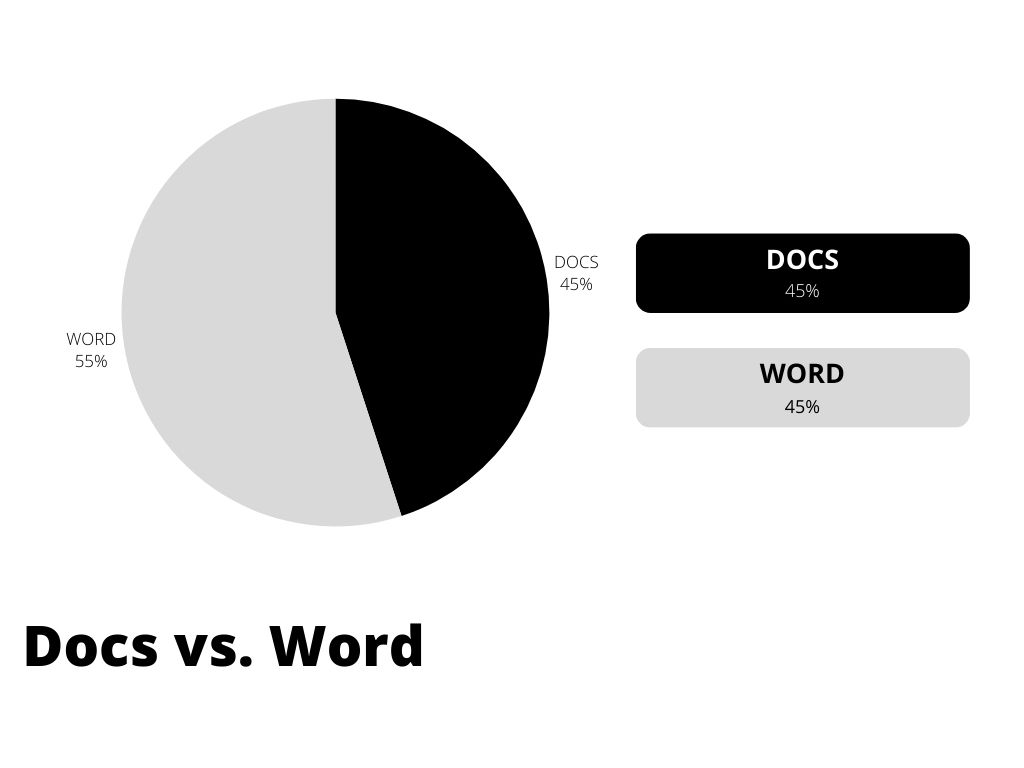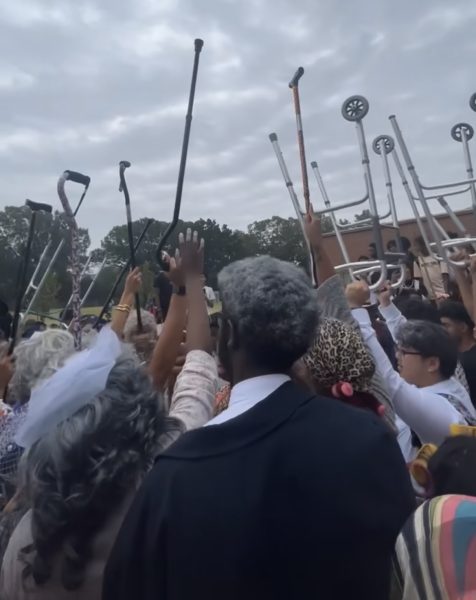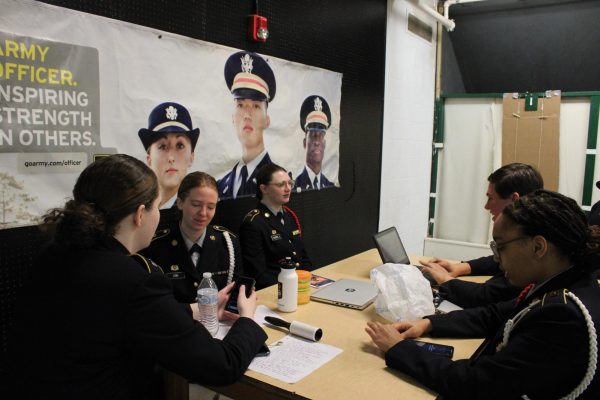Half a century with a whole opportunity
Class of 1966
In your life, you are surrounded by variety. A variety of outfits, a variety of foods, but you’re also surrounded by a variety of classmates. Take a yearbook and open it up. You will find a wide selection of diversity. Now, take a yearbook from 1965 and notice the difference. Up until 1966-1967 White Station had not seen a race other than Caucasian.
This year is the 50th anniversary of White Station’s integration period. To some, this means nothing, but to others, it represents a time when an opportunity for equal education began.
“People who went to neighborhood schools should be entitled to the same level of education, near where they live,” White Station Alumni of ’66, Anita Black said.
Even though the first few changes were only slight and miniscule, they were happening. By the class of ’67, the first African American students graduated from the school.
Some believe the process of integrating White Station was not reported accurately. “[Since] The news was being reported by white people. It could have been biased towards white people, and I don’t think all the facts were reported correctly,” Black said .
Black’s children were impacted by the redistricting of schools in Memphis in 1977, which allowed more minority students to enroll in White Station.The only issue was long distance bussing.The issue was litigated and the court’s decision required additional busing to be available to all students. After appeals to the Sixth Circuit, a federal court with jurisdiction over district courts, the case went before the U.S. Supreme Court. On bail, the court ordered long distance busing be instituted to help integrate the schools of Memphis.
The order caused a great deal of controversy, and many white parents withdrew their children from the public schools and enrolled them in private schools. Private school enrollment was raised by 18% in just three years in Tennessee.
Since integration, the population of students at White Station has skyrocketed while test scores have maintained their glory at the top percentile, contrary to popular belief in the 1970’s.
“I remember having really good teachers [at White Station]; I was being mentored by the teachers. I felt like I was getting a really good education to get my college degree,” Black said.
Just as this education provided Black with an opportunity for advancement, integration gave African American students the same previously unavailable opportunity.
Your donation will support the student journalists of White Station High School. Your contribution will allow us to purchase equipment and cover our annual website hosting costs.





































